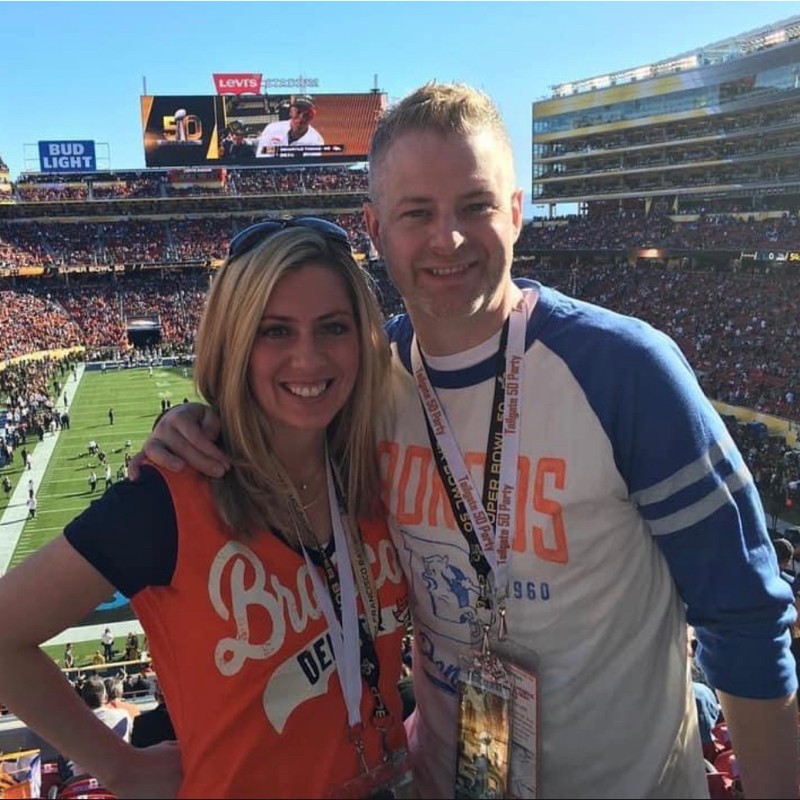Critiques of Mormon Prophets in the CES Letter
The CES Letter questions the Mormon belief in prophets and focuses on five teachings and events around prophets. Part of the CES Letter’s argument relies on an assumption that prophets are infallible, or can’t make mistakes. Mormons don’t actually believe in the infallibility of prophets.
The five teachings or events that the CES Letter points out are the Adam-God theory, blood atonement, polygamy, Blacks ban, and Mark Hofmann. The first two teachings are from Brigham Young. These obscure teachings from Brigham Young are not widely known and are not taught by any other prophets. The practice of polygamy and its end is widely known and discussed in the Mormon Church.
Finally, the Mark Hofmann episode happened much more recently (in the 1980s). Hofmann was a member of the Mormon Church who forged documents from Mormon historical figures, including Joseph Smith, Lucy Mack Smith, David Whitmer, and Martin Harris. The most infamous document that Hofmann forged was the salamander letter. The CES Letter Mormon presents quotes from President Dallin H. Oaks and President Gordon B. Hinckley. The CES Letter says that these quotes confirm Presidents Oaks and Hinckley’s beliefs that these documents were real.


